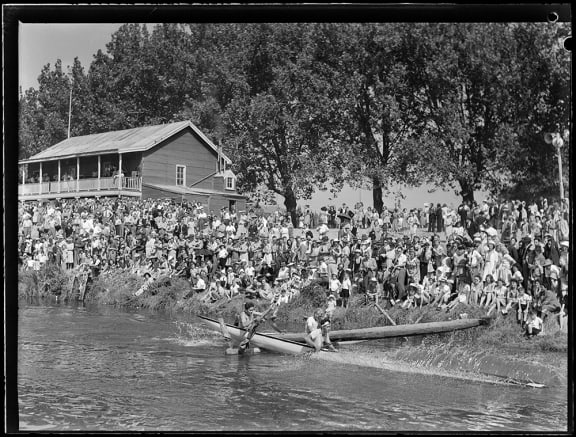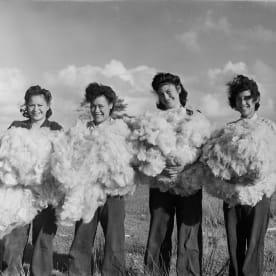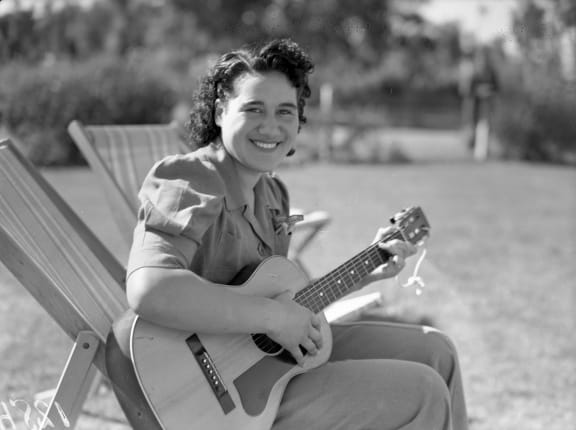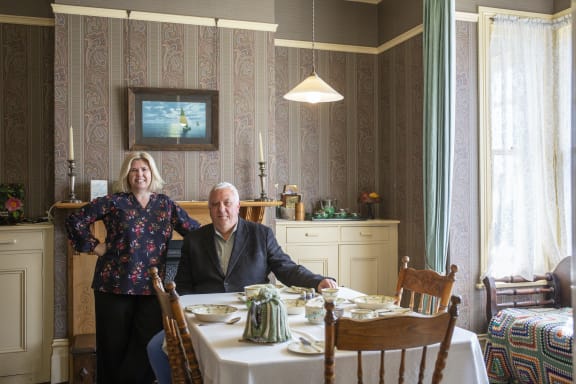Angela Wanhalla and Professor Lachy Paterson from the University of Otago are studying the often overlooked history of the impact of the Second World War on Māori society at home in New Zealand.
3,600 Māori saw active service on the battlefields of North Africa, Italy and elsewhere. They were part of a much larger ‘army’ of 29,000 people (almost one-third of the total Māori population of the time), many of them civilians, who made less heralded but no less valuable contributions to the war effort on the Home Front.
From the importance of sport, to community and cultural activities, and economic opportunities, the war had a profound and long lasting impact on Māori history and experience.


Unidentified woman working in a munitions factory in Hamilton, 1944. Alexander Turnbull Library, ref: 1/4-000862-F


Māori Carpenters trained at Rotorua, Auckland Weekly News, 6 September 1944. Auckland Libraries Heritage Collection, ref: AWNS-19440906-26-4.


Welcoming the 28th Māori Battalion, Rotorua, 1946. Auckland Libraries Heritage Collections, ref: 1370-M008-4


Trench Digger. Artwork by Jordan Quinnell (2020).


Regatta at Ngāruawāhia, 1941. Auckland Libraries Heritage Collections, ref: 1370-M005-15


Four women in paddock holding piles of sheared wool. Auckland Museum Collection, ref: PH-2013-7-TC-B667-07


Māori member of the Women’s Auxiliary Air Force playing the guitar during a musical hour. New Zealand Air Force Museum, Christchurch, ref: R128a


Angela Wanhalla and Lachy Paterson. Photograph by Graham Warman

















